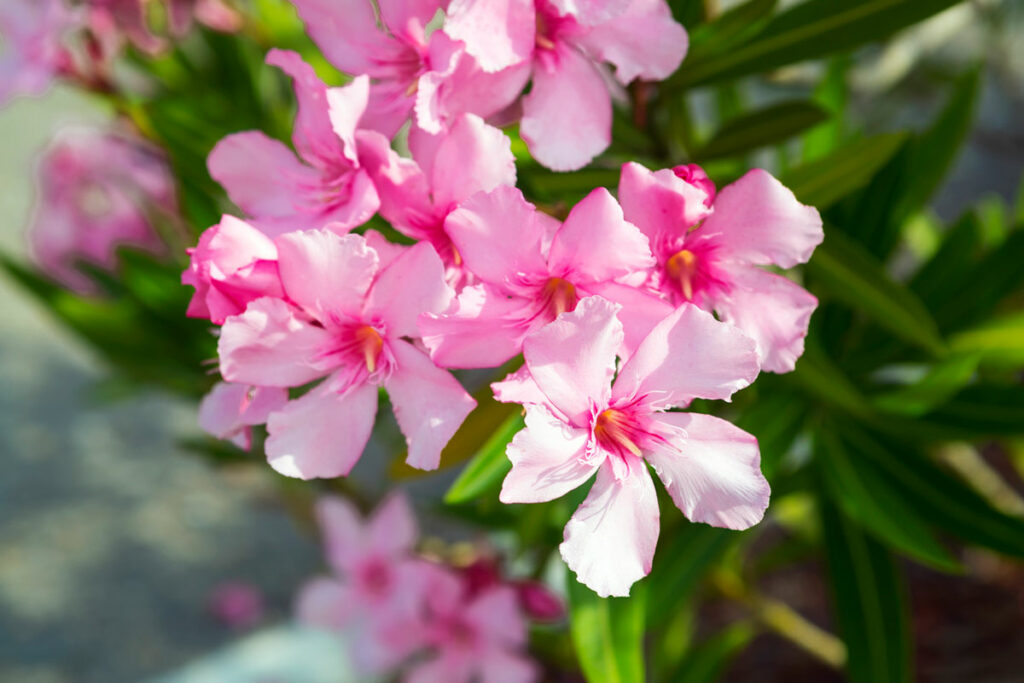Would you like to help your flowers become vegetables and fruits? Does it seem like bees and other pollinators are everywhere except in your garden?
You can help pollinate your plants. Here are a couple of options:
Play “I’ll Be There” by The Jackson 5 to lure the pollinators. Or, sit in your garden reading aloud William Shakespeare sonnets: "Shall I compare thee to a summer's day?"
Are you smiling?
Actually, the fastest way to attract pollinators is with a small paintbrush or cotton swab.
First, if the blooms on your plants are already spent, save this column for fall vegetables or next year.
Some plants that respond well to hand pollination are beans, cucumbers, eggplants, melons, peas, peppers, pumpkins, strawberries, tomatoes, and zucchini.
If you are going to hand pollinate several different types of plants or different kinds of a certain vegetable (for instance: Roma tomatoes vs. beef steak tomatoes), either clean your paintbrush (dip it in alcohol and air dry) or grab a new cotton swab before moving on to the next plant.
The vegetables listed above are self-pollinating, meaning the flower has both male and female parts. With your swab or paintbrush, gently knock down the pollen to the middle of the flower, and there you go. You have now increased your harvest.
Danger!
We see a lot of information about venomous snakes and spiders. Poisonous flowers and plants can be dangerous as well. Here are a few in our area:
Foxglove — Digitalis purpurea is a beautiful trumpet flower that blooms in white, pink, purple, and yellow. All parts of the plant are extremely poisonous to humans and pets, even cats with their many liver lobes. Yes, the scientific binomial might look familiar. The heart disease treatment digitalis is derived from Foxglove.
Oleander — Although its majestic size and rich colors of white, copper, red, or yellow make it appealing, when eaten (one source even mentioned drinking the water from the vase — must have been a Yankee), the oleander is toxic to humans and pets. The poison can affect the body within hours. Symptoms include irregular heartbeat, confusion, weakness, hives, or difficulty breathing.
Poison hemlock — Conium maculatum can grow 6-10 feet tall. If you see a very tall plant with purple streaks or blotches on its green stalk and little white flowers arranged in an umbrella-shaped cluster, BEWARE. The moral of the story is to treat unknown plants with respect. Confirm that emergency numbers saved in your phone or next to it are up to date.
Till next time. Keep your souls and soles in your garden!
Remember the True Master Gardener: Jesus said, “I am the vine; my Father is the Gardener.” John 15:1 Have questions or comments?
Contact Bill Luedecke at The Luedecke Group Realtors at 512-577-1463 or email him at bill@texasland.net. Contact Martelle Luedecke at Luedecke Photography at 512-769-3179 or luedeckephotography@gmail.com.

